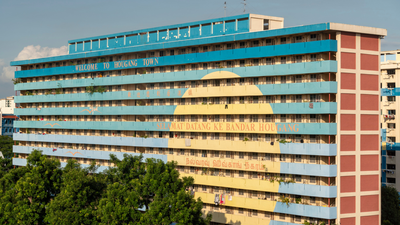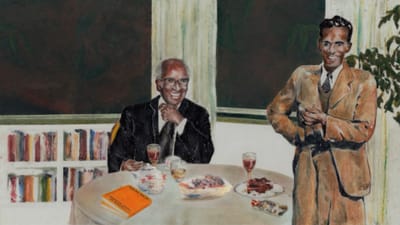“Let it burn out. We can do nothing about it.”
- Dr M Doraisingham, permanent secretary to the Ministry of Health, May 5th 1957, when the “outbreak” became an “epidemic”.
Such words from any public health official during an epidemic would no doubt raise a hullabaloo amid concerns over government incompetence. Yet in May 1957, the Crown Colony of Singapore’s roughly 1.4m inhabitants found themselves confronted by precisely such a haunting reality with the Asian Flu. Perhaps the limitations of 1960s’ medical science and the colony’s nascent healthcare infrastructure lent some credence to M Doraisingham’s sensational statement. Nonetheless, such an articulation of state disaffection during an epidemic predictably presaged a wave of panic that accompanied the flu’s wildfire spread across the island. Having hitched a ride either on ships via Hong Kong or fishing boats in the region, the influenza led to over 150,000 reported cases and 28 verified deaths by official estimates—all within the short span of a single month before burning out. By May’s end, more than 10 percent of the colony had experienced infection and social upheaval ran rampant. Save for a moment of international fame brought by Lim Kok Ann’s identification of the flu’s causative agent—the H2N2 Influenza A virus—little about the flu remains in public consciousness.
To be fair, it’s our present-day crises that nearly always prompt an interest in historical inquiry—a scramble for answers in the past. Disease historiography, for instance, flourishes best in times of disease; in the petri dish of epidemics and pandemics. Unsurprisingly, this impulse has bloomed over the course of the Covid-19 pandemic. In Singapore, where state-sanctioned narratives have overshadowed society and individuals in the writing of our popular national histories, disease seems to have left relatively few historical imprints on our national psyche. An absence of attention, however, should not imply an absence of effect. This brief retrospective on Singapore’s 1957 Asian Flu epidemic offers a distillation of a deceptively rhetorical question: what can we learn from an obscure influenza epidemic outbreak in Singapore that happened more than 65 years ago?
May, 1957. Flu sufferers flocked to Singapore’s dispensaries, clinics, and hospitals, as the colony’s healthcare system entered acute crisis mode. As “flushed” patients across the island started to complain of fever, headaches, body aches, sore throat and giddiness, health officials gradually recognised that an epidemic was in full swing. Still, they were generally dismissive of the epidemic and sought to downplay its effects. The colony’s chief health officer “could think of no special measures” for the Medical Department to stem the epidemic’s spread. Doraisingham even stressed to the press that sterilised masks “would not be of any help,” and only gave “false hopes”. AJ Braga, health minister, doubled down on these dismissive sentiments in parliamentary statements:
It is no good kidding the public. If there was a preventive like issuing masks and so forth, we would have done it willingly to factory workers and others but I said that there is no known preventive.
The only course - which was unthinkable - was to close the port of Singapore and all the ports of the Federation of Malaya and the Siamese border against the entry of any craft whatsoever, and impose martial law to keep people in their homes until the disease had spent itself on a worldwide career.





